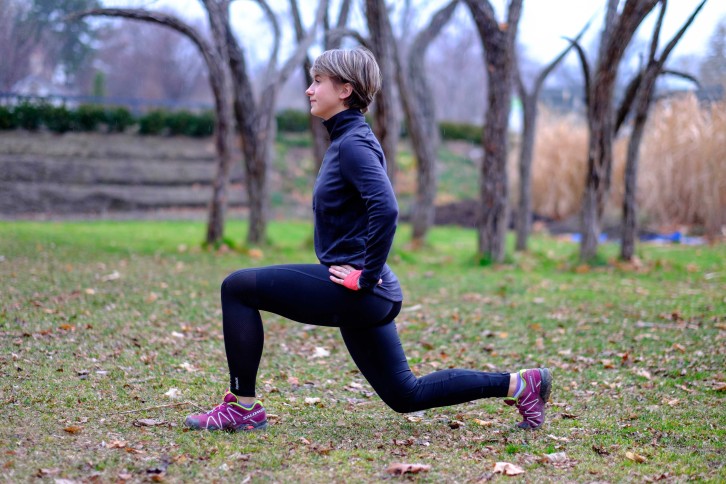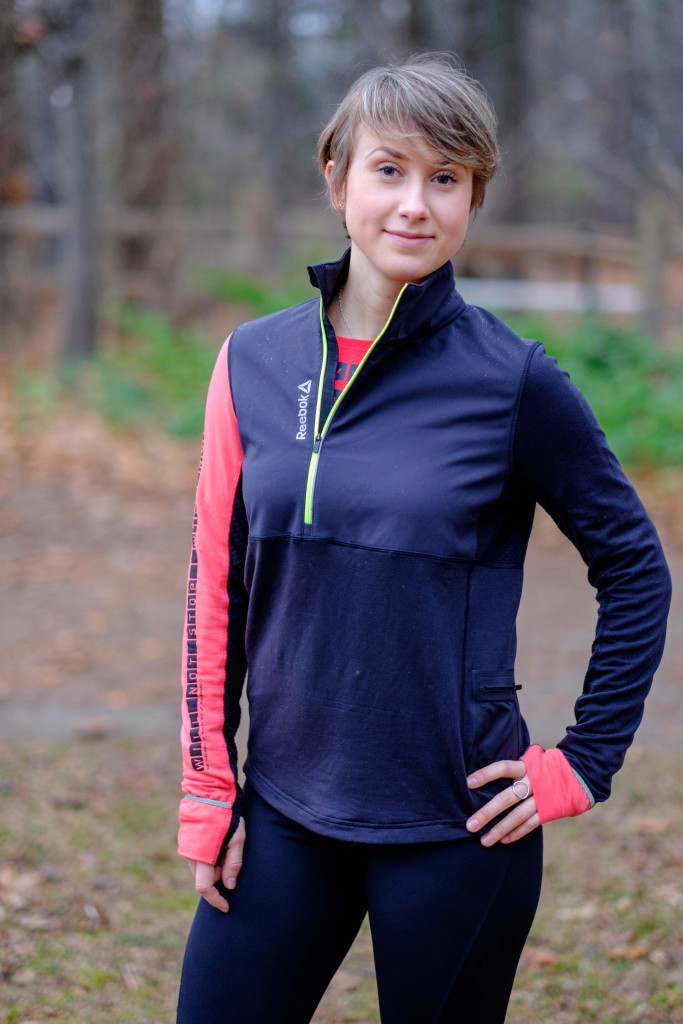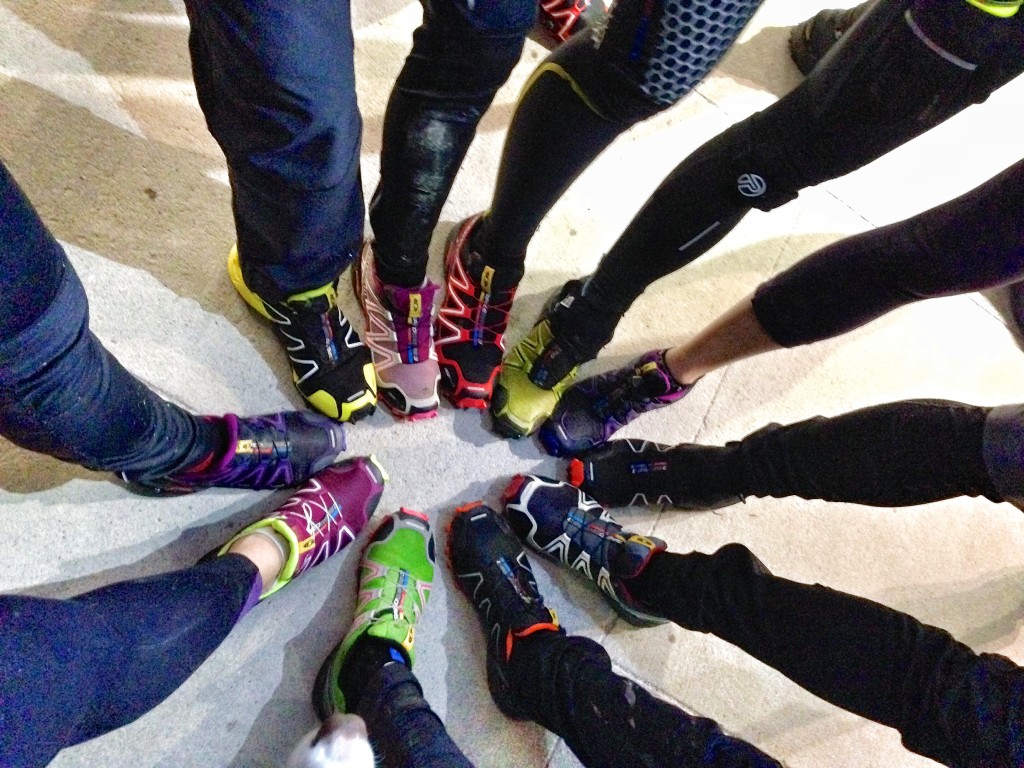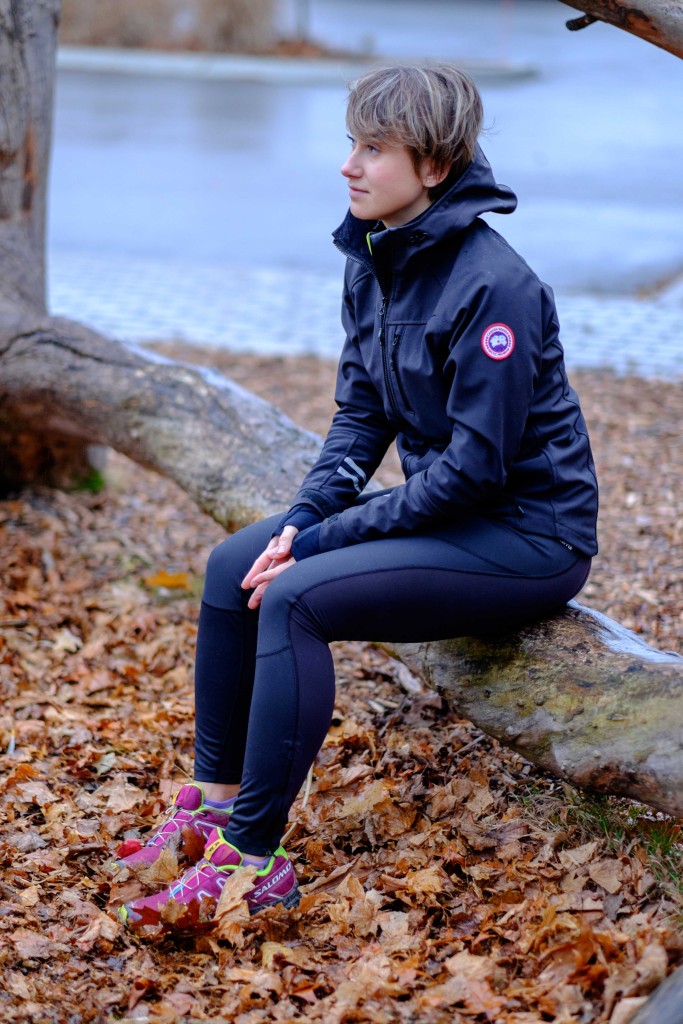Finally, sub-zero, snowy, true Canadian winter is here and as a popular saying goes “there’s no such thing as bad weather, there’s only bad clothing.” And I couldn’t agree more. To help you start cherishing and enjoying this season as many Canadians do, this is our guide to getting the most out of Canadian winters by embracing outdoor activities.
Safety Tips for Winter Workout
- Wear bright & reflective clothing: after a day of work, it’s a challenge to get outside even for a walk but, you won’t regret it. Get motivated by getting appropriate, fun coloured sports outwear. Most importantly, it’s a safety feature for you and those around you during the dark, cold winter nights.
- Windchill is key: We’re not suggesting you should exercise outside in all sorts of cold weather. Be aware of the windchill before getting outside to workout. With extreme windchill or weather below -15 celcius and lower, it may be safer to stay indoors. For ideas on calorie shedding and fun indoor fitness classes, read “Staying Fit Through The Holidays“
- Frostbite and hypothermia sound scary (and they are) so know the signs. Frostbite is an injury caused when exposed parts of your body like cheeks, nose, or hands, freeze. Some of the first warning signs are numbness and stinging sensation. Hypothermia is when your body temperature drops below average and can occur when exercising in cold and/or rainy weather as that’s when your body looses heat faster. Some of the first symptoms of hypothermia are intense, uncontrollable shivering and slurred speech. In both cases, it’s best to seek medical attention.
Clothing Mistakes to Avoid during Your Winter Workout
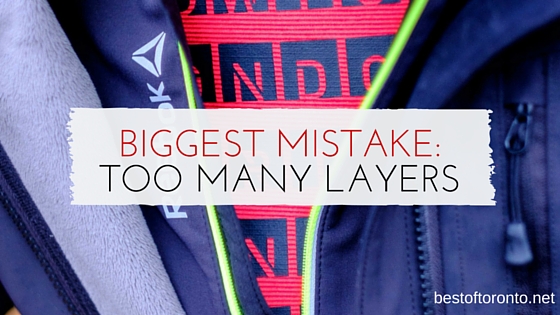
- Too many layers is one of the biggest mistakes you can make when exercising in colder weather. This is because exercise generates body heat, making you feel quite warm. Simultaneously, this body heat is lost through sweat which gets absorbed by the layer directly in contact with your skin, the base layer. Wearing too many layers will cause the base layer to get soaked making you uncomfortable and chilly or cold.
- Cotton as the base layer doesn’t allow for the sweat to evaporate quickly enough and thus may give you the chills. Technical wool (blend of wool and synthetic materials) or base layer with polypropylene, a synthetic material, are ideal.
- Too few layers is a mistake I’ve made too often. When I began running during colder months, I wore one light layer and one warm layer, like a down jacket or a warm shell. The base layer got soaked within the first 10 minutes of being outside as the heavier layer didn’t allow for enough breathability yet I had to continue because there weren’t any layers to take off.
- Summer shoes with barely any grip: one of the most asked questions I get is how to avoid injury when exercising during winter months. Most importantly, by wearing appropriate shoes. It also a confidence boost making you feel more comfortable on your own two feel when it’s slushy or slippery outside. See point #3 below in 4 Winter Workout Essentials.
5 Winter Workout Essentials
- Wind- resistant/ proof clothing: this is the game changer! Having clothing with wind resistance in the right places like across your chest and quads will make your winter workout a lot more pleasant. This will help to keep you warm, cozy and comfortable. It will be a big investment as this clothing is not cheap yet it’s really worth it. At bare minimum, your first year, I would suggest getting a long sleeve with a wind proof chest panel. My season’s favourite has been Reebok ONE Series Thermal Quarter Zip.
- Accessorize: Buffs (face and neck gaiters), beanies & gloves: these fairly inexpensive accessories can make your winter workout amazing versus just pleasurable. I’m a big fan of Buff Canada neck gaiters that are very versatile, able to cover your neck and face and can be work as a headband for ear coverage.
- Shoes with traction and water resistance (or water proof): the right winter shoe gives enough confidence to go out there and conquer all the different winter weather elements. After all, staying firm on your feet is empowering. The most important feature in a winter running or exercise shoe is traction for various conditions. Some individuals also prefer water resistant or proof fabric yet be aware that the more water proof something is, the less breathable it may be. Over the last 5 years I’ve been a dedicated fan to Salomon Speedcross (pictured below) and Salomon’s full range of trail running shoes as they are light, comfortable, offer fantastic grip, come in different weather proof fabrics and have a unique look.
- Wool base layer & socks: a key outdoor winter workout layer is the one directly in contact with your body, known as the base layer. The key feature that a base layer plays is to keep you dry, absorbing sweat quickly without freezing. For these features, I prefer technical wool because the natural fiber of wool offer absorbing features, warmth and smell nicer after a rigorous workout. I promise, they layers aren’t itchy. Smartwool, is one of the brands offering technical wool that doesn’t feel like the traditional material. Also, I treat socks as a base layer as well, and Smartwool’s PhD sport socks are some of my favourite.
- Post workout clothing: if you’re not coming straight home after your outdoor workout, ensure you have a fresh change of clothing as well as a warm jacket. It makes a world of a difference once your body temperature starts dropping and you need an extra layer. Light down jackets are amazing for this purpose. I also find wind and rain proof with a layer of fleece quite comfortable as I prefer to layer underneath. Our very own Canada Goose has light down jackets and shells – pictured below is their Trenton Jacket.

Canada Goose Trenton shell is my go to for after workouts because it’s wind and water proof, breathable and offers a lot of room for movement. My favourite part is the soft, fleece inside and a comfy hood. I’m also wearing Salomon Speedcross shoes with Salomon Trail Windstopper tight
No matter how many articles or suggestions one hears and/ or reads, getting it all right on the first try is close to an impossible task. So, experiment and see what fits your body and mind best. In the end, exercising in colder weather is mentally and physically beneficial activity. It should be enjoyed!
Photos by Kent Keeler
